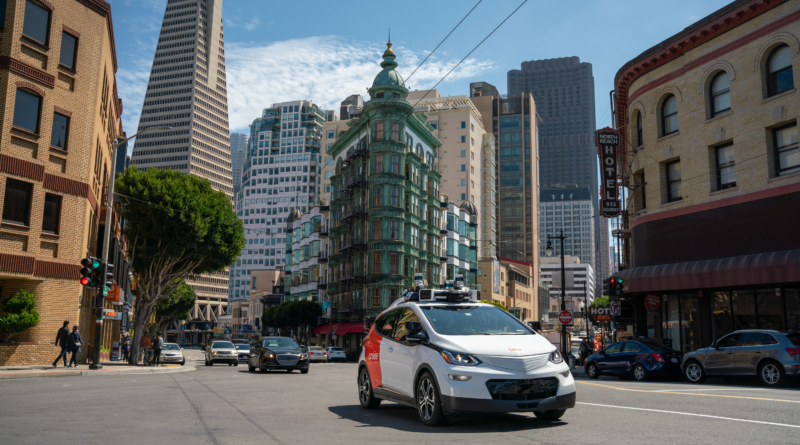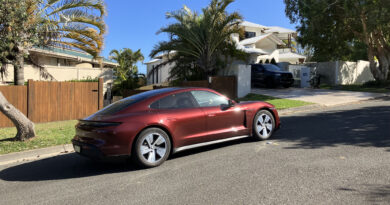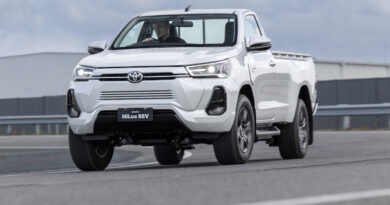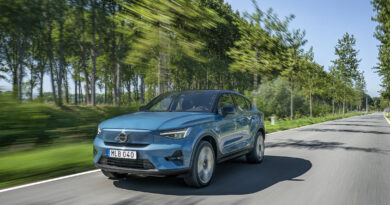“Insanely frightening and incredibly cool”: What it is really like to catch a self-driving robo-taxi
I have an almost disturbing and possibly dangerous love of speed – skiing, driving, roller coasters; the faster it is the more alive I feel – so it came as a slightly embarrassing surprise to find myself properly, squealingly scared at the sedate pace of 30km/h in my self-driving robo-taxi.
But it turns out there is one machine that becomes insanely frightening as soon as it exceeds walking speeds – a self-driving taxi, or AV (Autonomous Vehicle) as the cool folks in San Francisco, for whom they are already a way of life, refer to them.
Zipping down a suburban street just after midnight in the back of a Cruise robotaxi (the company is owned by General Motors and uses specially modified Chevrolet Bolt electric vehicles), I was in a kind of dazed fug of fascination, watching the unmanned steering wheel constantly twitching as the computer brain kept the vehicle far enough from parked cars to be safe.
READ MORE: Complete guide to rebates, discounts and incentives when buying an EV in Australia
READ MORE: Charging an electric vehicle in Australia is about to get easier
READ MORE: 2024 Toyota HiLux hybrid confirmed: New 48-volt electric system
And then, suddenly, I was yelping in panic and shock as my Cruise AV accelerated hard (albeit from about 15 to 30km/h) and quickly changed lanes, wildly enough so that it could overtake another robotaxi moving slowly in the lane next to us.
I believe I yelled something hugely anachronistic, like “Whoa Nelly! Hang on!” And then, quite quickly, I realised that this was pointless, as there was no driver to hear, acknowledge or act on my reaction.
Clearly, I was in the midst of a highly unusual, deeply discombobulating experience, and not just because being in an autonomous car was providing me with a disturbing glimpse of a future in which my job of reviewing cars would be either non-existent or incredibly dull.
The incredible thing is that while I felt like I was visiting the future and being admirably adventurous, everyone I spoke to in San Francisco about it just shrugged and looked at me as if I was excited about catching a train for the first time. Many of them are already used to catching robotaxis and nearly all of them have experienced what it’s like to drive on public roads where AVs are operating (“they do some pretty weird shit, man, but you get used to it”).
That’s because Cruise’s fleet of 242 Chevy Bolt EVs – each with a kind of Ghostbusters’ hearse array of sensors on the top – and another 200 operated by its major competitor, Waymo One (owned by Google/Alphabet) are not running around some private circuit or in controlled environments, they are available for hire on the streets of San Francisco, 24/7.
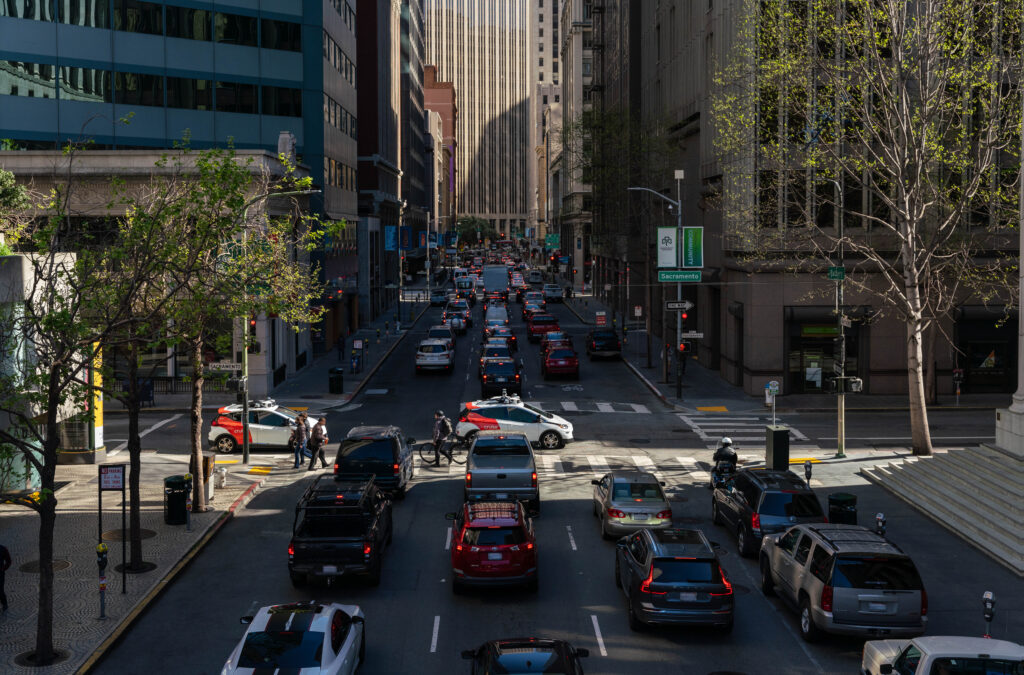
Cruise claims it is conducting 1000 driverless trips a day, and has now driven more than 2 million miles, while Waymo One – which uses a fleet of electric Jaguar I-Paces – was a bit harder to deal with. I never did manage to download its app on my “foreign” phone, nor catch one, but I saw plenty on the road, with their weird sensors, one of which looks like a giant donut on the roof, while it has others that look like gills breathing on each corner.
While the experience might be no longer novel for locals, I was quite taken with the way my Cruise dealt with a yellow light – it stopped, I wouldn’t have – how politely it ticked me off when I removed my seatbelt to see what would happen and, most of all, how it dealt with a four-way Stop. I hate those intersections myself, and find the only way to get through one is to make eye contact with other drivers and wait for a nod of assent, but an AV EV can’t do that, of course. It has to use artificial intelligence rather than common sense.
Apparently the biggest problem robotaxis have had is that people, particularly drunk people, tend to jump out in front of them, just to see if they’ll stop. So far, so good, they’ve only killed one dog. But the local fire brigade and police are getting angry at how often they stop in stupid places, sometimes blocking access to fire hydrants, and how hard it is to get them to move. As I found, shouting makes little difference.
And in one case, a Cruise stopped and idled for several minutes in the middle of a mass shooting in San Francisco. Because America.
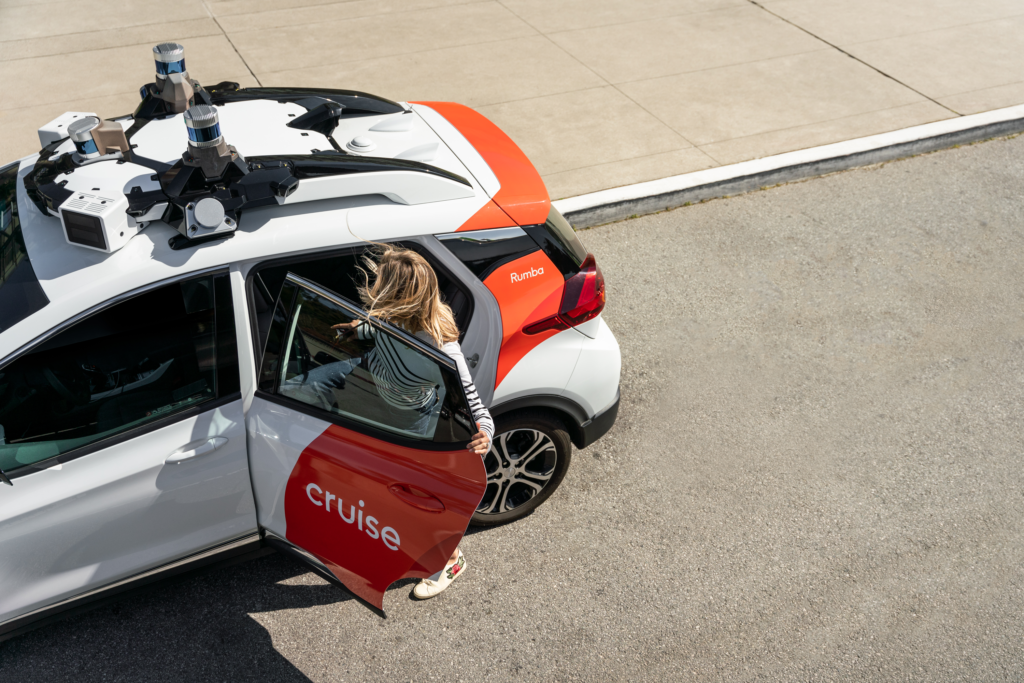
Several years ago, the founders of Uber – a company that launched its first test rides in San Francisco, funnily enough – said the company would only become a proper money maker when it got rid of the humans, with the greedy need to be paid. Sure enough, my Cruise cost around half of what my Uber back to the same starting point did. And the conversation in the Uber was worse (the Cruise allows you to play music or do a pub quiz while you’re being zipped around).
So, take my word for it, Australia is always a bit behind America, but we got Ubers eventually, and a decade from now you will think nothing of getting into one with no one at the wheel. And I’ll be the guy you drive past on the side of the road with a sign saying “Will review things for food”.

